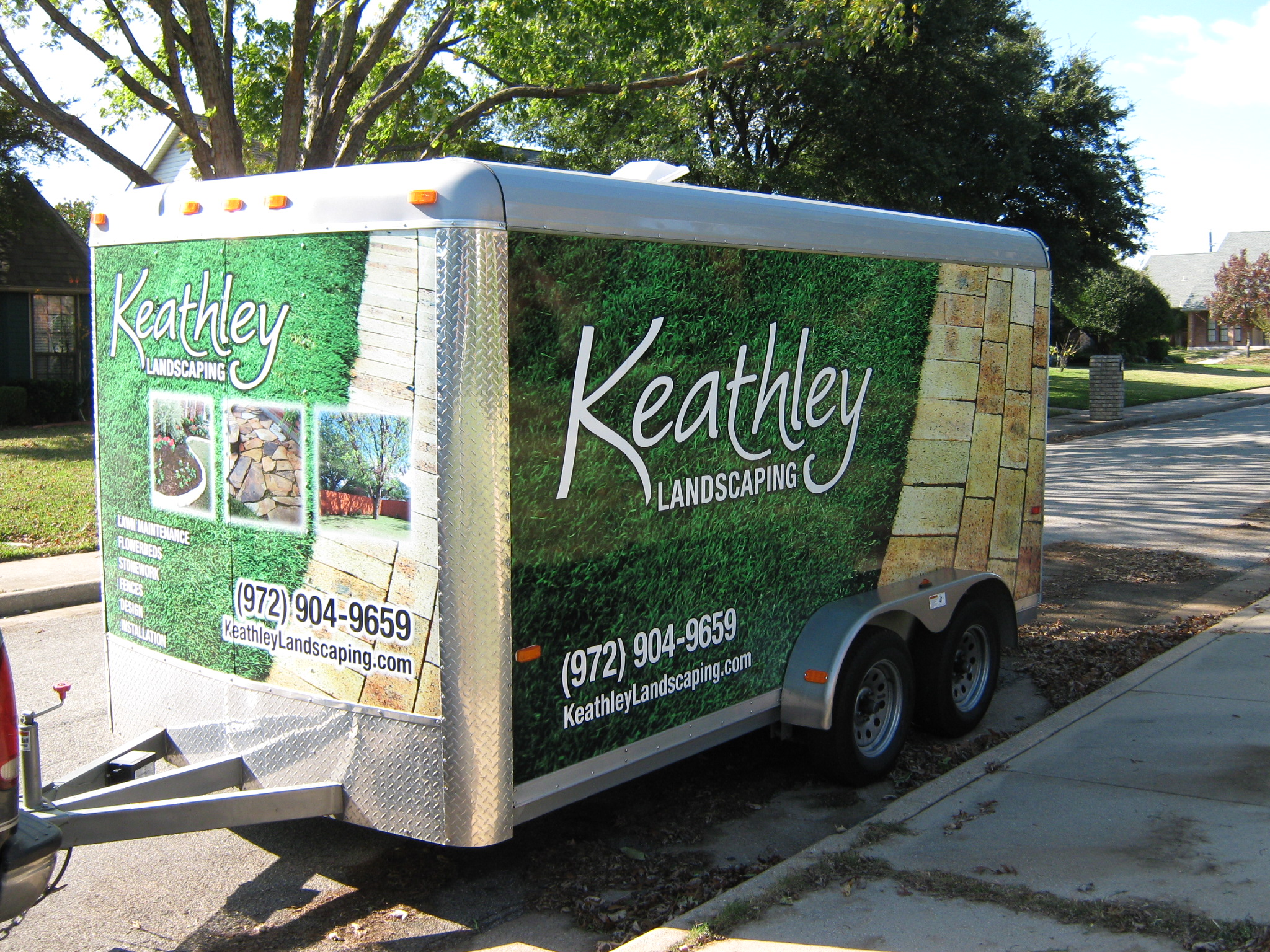Yard Drainage and Its Role in Biodiversity Conservation
Have you ever thought about how the drainage in your yard could impact local biodiversity? 🌿 While it might not be the first thing on your mind when you gaze at your lush lawn, proper yard drainage plays a crucial role in maintaining and even enhancing local ecosystems. In this post, we’ll dive into the fascinating connection between yard drainage and biodiversity conservation. Let’s explore how you can make a positive impact right from your backyard!
Table of Contents
1. Introduction: Why Yard Drainage Matters
2. Understanding Yard Drainage
3. The Connection Between Drainage and Biodiversity 🌏
4. How to Improve Yard Drainage for Biodiversity
5. Conclusion: Small Changes, Big Impact
6. FAQs
Introduction: Why Yard Drainage Matters
When you think of yard drainage, your mind might drift to thoughts of preventing waterlogged lawns or avoiding basement flooding. However, the way water flows through and off your property can significantly affect the surrounding wildlife. A well-planned drainage system not only protects your home but also contributes to the health of local ecosystems. Let’s explore how.
Understanding Yard Drainage
Yard drainage refers to the management of water flow on your property. It involves directing rainwater away from areas where it could cause damage and into areas where it can be absorbed or redirected safely. This can be achieved through various methods such as French drains, rain gardens, or even simple grading techniques.
The Connection Between Drainage and Biodiversity 🌏
When water is not properly managed, it can lead to erosion, nutrient runoff, and even pollution in local waterways. These issues can have devastating effects on local flora and fauna. For instance, nutrient runoff can lead to algal blooms, which deplete oxygen in water bodies, harming fish and other aquatic life.
On the flip side, effective drainage systems can create habitats for various species. For example, rain gardens can support pollinators like bees and butterflies, while also providing a habitat for amphibians and birds. By managing water flow intelligently, you can encourage a diverse range of species to thrive in your area.
How to Improve Yard Drainage for Biodiversity
Improving your yard’s drainage doesn’t have to be complex. Here are some simple steps you can take:
1. Install a Rain Garden 🌼
Rain gardens are shallow, planted depressions designed to absorb rainwater runoff. They’re not only beautiful but also serve as a natural habitat for many species.
2. Use Permeable Paving
Replace traditional concrete or asphalt driveways with permeable materials. These allow water to seep through, reducing runoff and helping to recharge groundwater supplies.
3. Create Swales
Swales are shallow channels that help direct water flow away from structures and towards areas where it can be absorbed or used.
4. Plant Native Vegetation 🌱
Native plants are adapted to local climate and soil conditions, requiring less water and providing food and shelter for local wildlife.
Conclusion: Small Changes, Big Impact
By rethinking how you manage water on your property, you can contribute to biodiversity conservation right from your backyard. These small changes not only help protect your home but also create a healthier environment for local wildlife. Remember, every drop counts! 💧
FAQs
1. Why is yard drainage important for biodiversity?
Proper yard drainage prevents erosion, nutrient runoff, and pollution, which can harm local ecosystems. It also creates habitats for various species, promoting biodiversity.
2. What is a rain garden, and how does it help?
A rain garden is a planted depression that absorbs runoff from impervious surfaces like roofs and driveways. It helps filter pollutants and provides habitat for wildlife.
3. Can I improve yard drainage on a budget?
Absolutely! Simple measures like grading your yard, planting native vegetation, and creating swales can be cost-effective ways to enhance drainage and support biodiversity.
4. What role do native plants play in drainage systems?
Native plants are well-suited to local conditions, reducing the need for water and fertilizers. Their deep roots help absorb excess water and prevent erosion.
5. How do permeable pavements work?
Permeable pavements allow water to pass through the surface, reducing runoff and helping to recharge groundwater supplies, which supports local ecosystems.






































Recent Comments